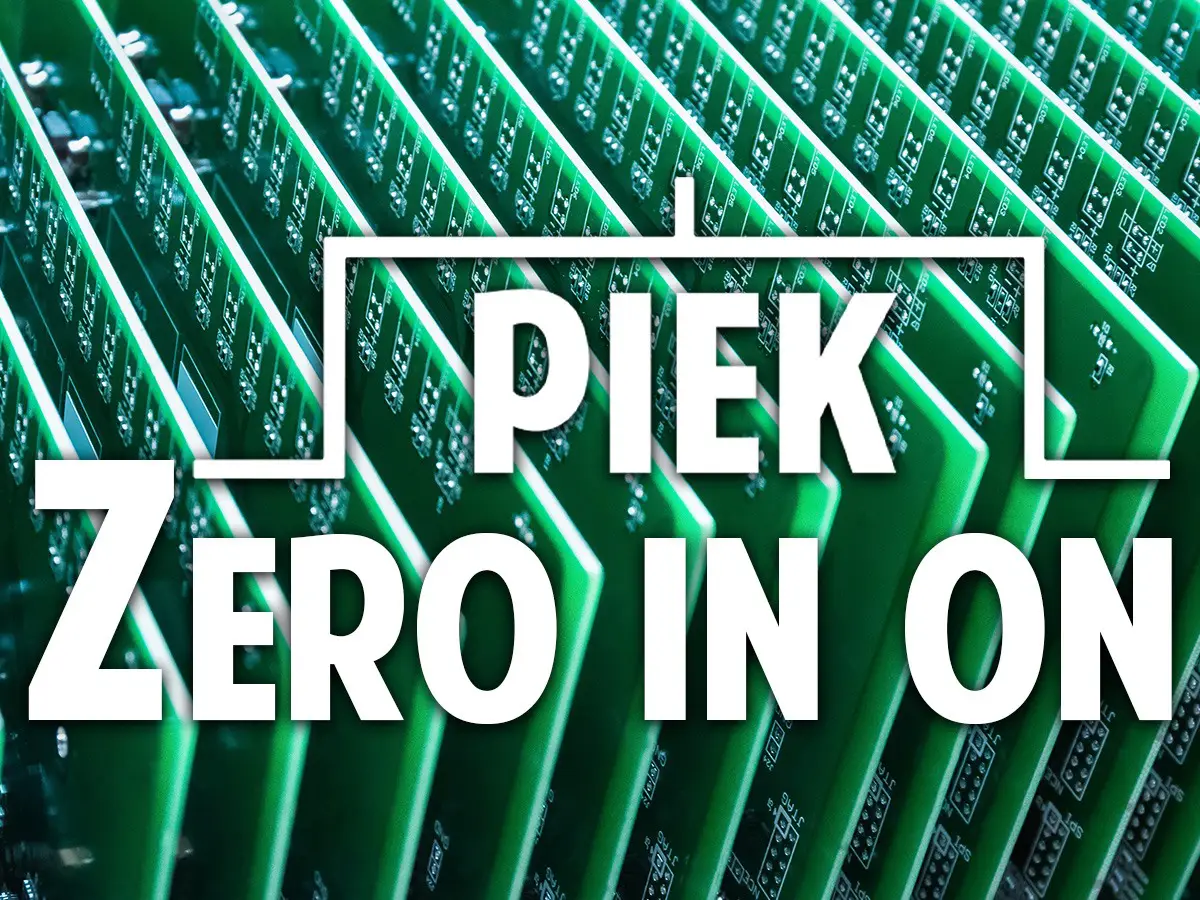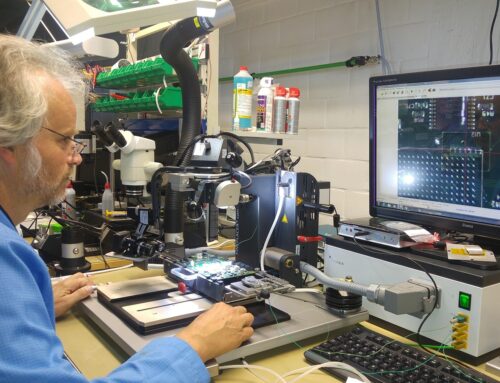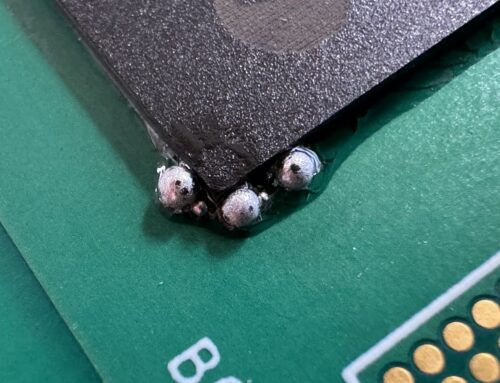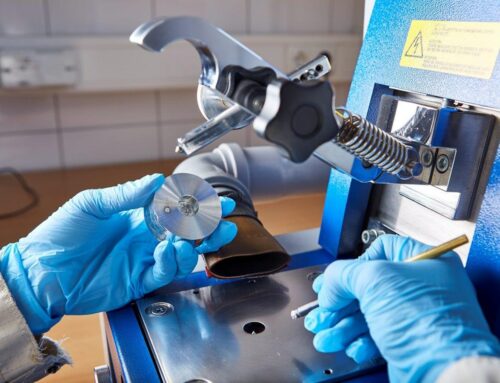IPC-A-610 Acceptability of Electronic Assemblies, in its latest H Revision, was published in September 2020. Of all the acceptance criteria documents in the IPC portfolio it is the one that is used most frequently and is best known throughout the electronics industry. It has been the base document in inspection departments at EMS companies and OEMs for decades. Apart from this, it has been referred to in numerous contract documents for the procurement of PCBAs (Printed Circuit Board Assemblies) worldwide.
One major improvement in this H Revision has been the alignment with other commonly used IPC standards, like for instance IPC-A-620D and IPC-J-STD-001H. Conflicting criteria in the various documents have been addressed by a group of specialists, and modifications have been made, for instance to paragraph 8.3.17, Vertical Cylindrical Cans with Outward L-Shaped Lead Terminations. Pictures have been exchanged and added for clarification of the texts.
Even though this H Revision is the latest version of the document, IPC states that the use of the newer revision is not automatically required. Which revision is applicable will have to be decided by the customer.
The IPC-A-610 starts with a general introduction section where we find topics like product classification, definition of requirements, terms and definitions, personnel proficiency, inspection methodology, lighting, magnification aids, and materials and processes. Criteria have been revised and if necessary updated. New criteria have been added. Definitions have been added or the wording changed for clarification.
As usual the third chapter concentrates on handling, but only limited changes were made here. However, IPC now forbids not only the use of tobacco products but also includes smoking and even e-cigarettes.
Other topics dealt with are general soldering criteria, including lead-free connections, soldering anomalies, such as tombstoning, non-wetting and de-wetting, voiding and more, high voltage criteria, soldered connection requirements for connecting to terminals, soldered connection requirements for plated-through holes, surface mounting criteria for chip components, leadless and leaded chip carriers, component mounting criteria for DIPS, socket pins and card-edge connectors, jumper wire assembly requirements, solder fillet dimensional criteria for all major SMT component groups, criteria for component damage, laminate conditions, cleaning and solder mask and conformal coating, hardware installation and solderless wire wrap.
Like all IPC standards the IPC-A-610 is developed and reviewed by a committee with members from a variety of companies and organisations in the electronics industry. Here we find people working at training centres, OEMs and EMS companies. It is their knowledge and experience that nourishes this document, thus being a true industry standard.
The vast amount of pictures helps the user of the IPC-A-610 to better understand the criteria by providing pictorial information on the topics addressed in this standard. However, it is these pictures that may also lead to misinterpretation if used incorrectly. Even though IPC documents can be bought and used by anybody that has an interest in them, proper training in many cases proves beneficial to the proper understanding and interpretation of the criteria contained within.
The trainers at PIEK are experienced and offer optimum guidance in the proper use and interpretation of this standard. Benefit from the extensive experience the PIEK trainers have in the use of this document in daily practice and avoid the pitfalls in daily life caused by misinterpretation.
If you consider using either of the above-mentioned documents, it may be a good idea to learn all the ins and outs by attending an IPC-A-610 certification course based on them. These certification courses are provided by PIEK both in your company or in regionally organised training sessions, and they will increase your knowledge level. Furthermore, training will help you to use the criteria correctly and avoid misinterpretation, which may save time and money. Benefit from the extensive experience the PIEK trainers have in the use of these documents in daily practice and avoid the pitfalls in daily life caused by misinterpretation.






